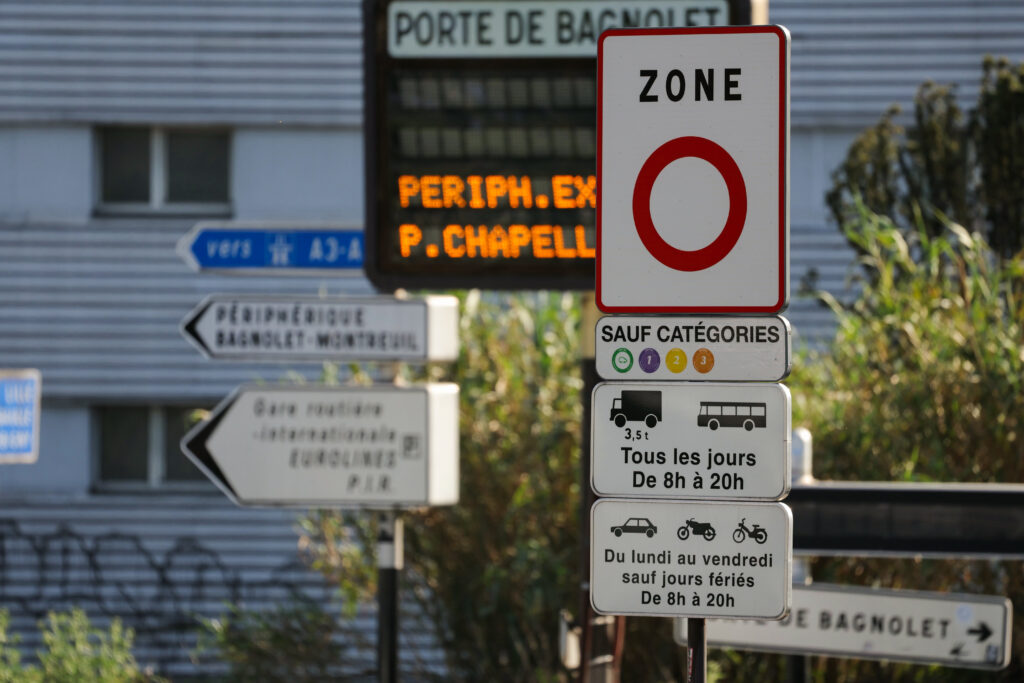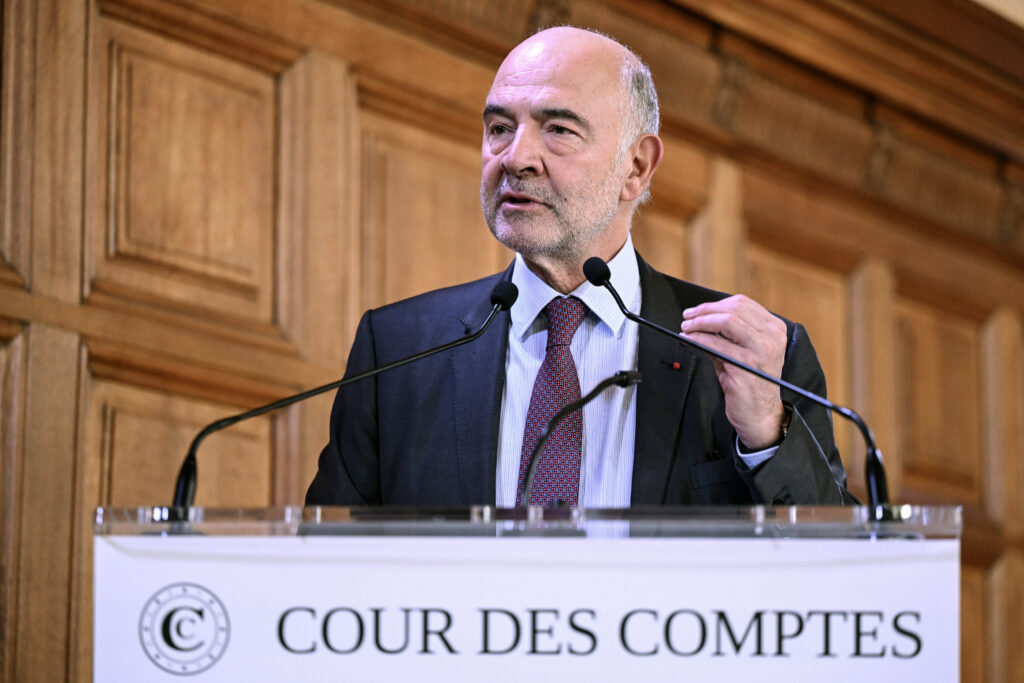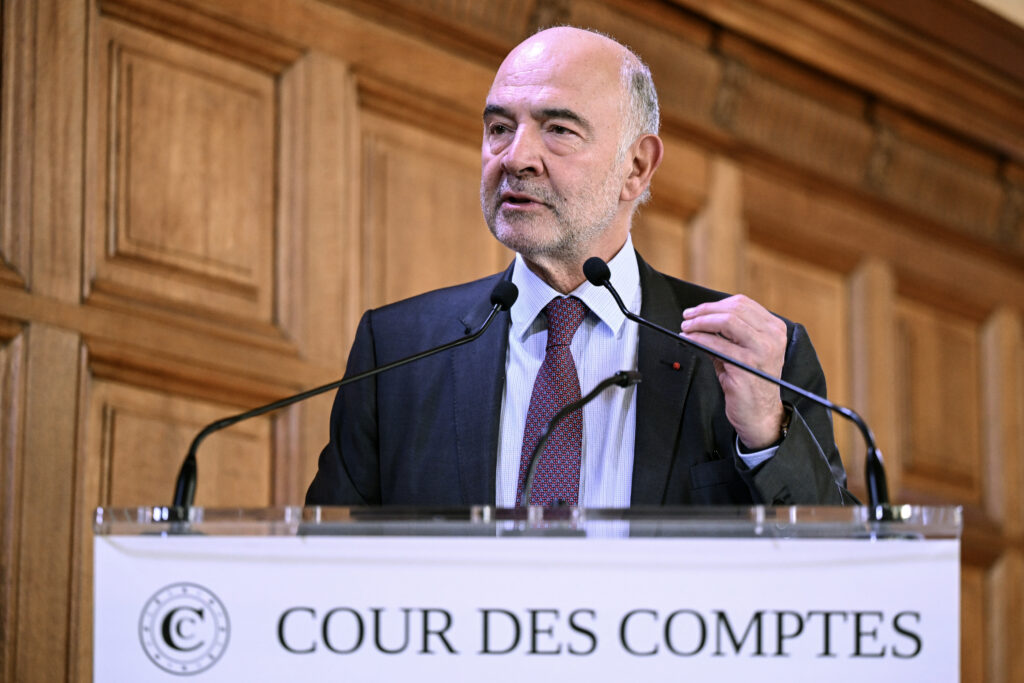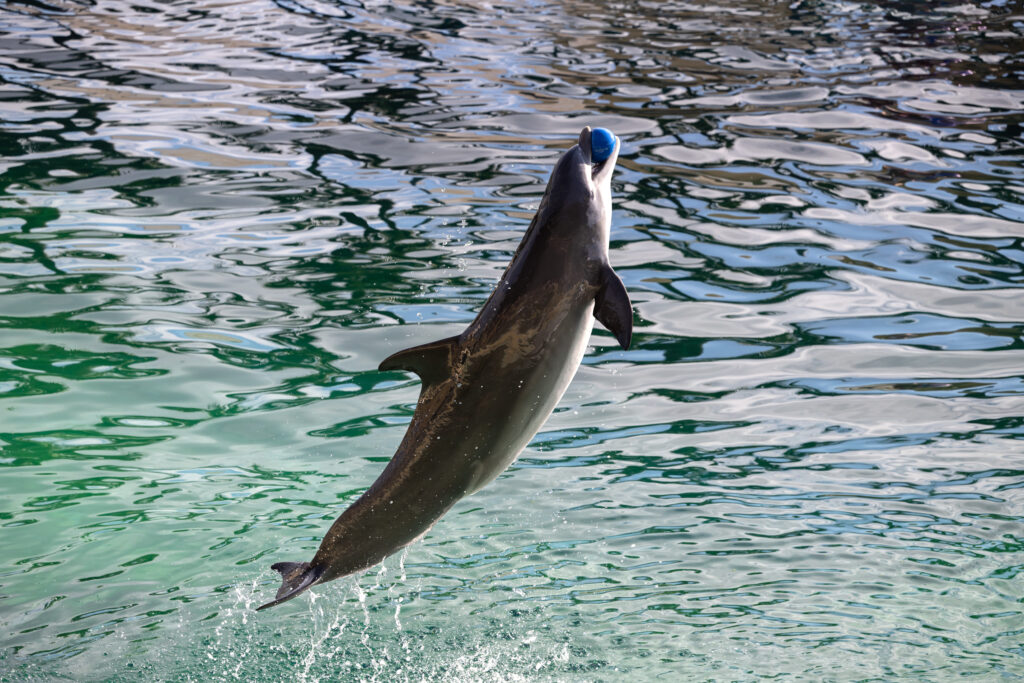Paris a réduit d’un quart ses émissions de gaz à effet de serre en dix ans, selon une étude
En dix ans, les émissions de gaz à effet de serre ont baissé d’environ 25% à Paris, signe que la capitale est en capacité d’atteindre son objectif climatique de 2030, selon une enquête européenne menée avec Airparif, publiée jeudi en amont de la COP30 à Belem au Brésil. Ces nouvelles données ont été récoltées grâce au déploiement inédit d’un réseau de capteurs atmosphériques via le consortium européen ICOS Cities, destiné à guider les villes dans leurs politiques de réduction de la pollution de l’air.Une trentaine de capteurs de dioxyde de carbone (CO2, principal gaz à effet de serre émis par les villes) ont été installés à différentes hauteurs sur les toits, les antennes et les tours de Paris et d’Ile-de-France. Ils ont mesuré en temps réel une baisse d’environ 25% des concentrations et flux d’émissions de gaz à effet de serre dans la capitale entre 2015 et 2025, soit “un peu plus d’une mégatonne de CO2”, a expliqué à l’AFP le Pr Thomas Lauvaux du Laboratoire des sciences du climat et de l’environnement (LSCE), qui a orchestré le déploiement des capteurs sous la houlette d’ICOS. “Pour une ville comme Paris c’est énorme. C’est comme si on avait enlevé l’équivalent de 200.000 habitants de la carte, alors même que l’activité humaine a augmenté”, a ajouté le chercheur.Principaux facteurs du déclin: la diminution de la part de la voiture thermique et la rénovation énergétique des bâtiments.Ces résultats viennent confirmer les estimations d’Airparif, l’observatoire de la qualité de l’air dans la région parisienne, qui sont fondées sur un inventaire des activités génératrices d’émissions (chauffage au bois, trafic, industrie…) dont le dernier date de 2022.”Nos données sont presque parfaitement alignés sur celles d’Airparif”, longues à récolter et souvent incomplètes, a indiqué le Pr Lauvaux lors d’une conférence de presse. En complétant son inventaire avec les mesures des capteurs, qui permettent de cartographier les émissions, l’observatoire francilien pourra mieux évaluer les politiques publiques sur l’amélioration de la qualité de l’air.L’enquête révèle par exemple que c’est dans l’est de l’agglomération parisienne que le potentiel de réduction des émissions est le plus élevé, au vu de la quantité de logements énergivores.Si la capitale met pleinement en oeuvre son plan d’action climatique, “elle devrait être en bonne voie pour atteindre son objectif climatique de 2030” dans le cadre de l’accord de Paris de 2015, dont l’objectif le plus ambitieux est de contenir le réchauffement climatique à +1,5°C par rapport à l’ère préindustrielle, avancent les auteurs de l’étude.Mais le paquet de mesures actuelles “ne permet pas d’atteindre l’objectif de neutralité carbone de la ville pour 2050”, selon Ivonne Albarus, une scientifique du Groupe d’experts intergouvernemental sur l’évolution du climat (Giec).







